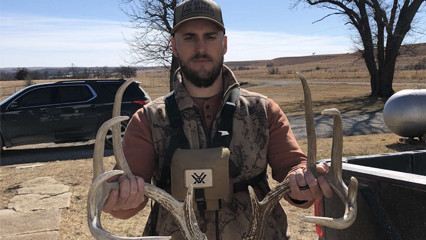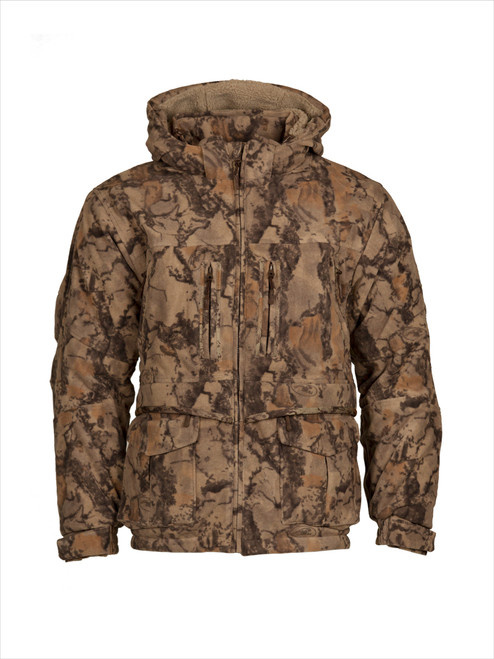Shed Hunting Field Tip
Posted by Devin Avery (Natural Gear Ambassador) on Mar 4th 2022
Its March! Spring is approaching and the turkeys are turnin’ hot. It’s the time of year everyone wants to be outside and start enjoying warmer weather. Although few seasons are open, if you get on social media it is being flooded with pictures of one “season” in particular, sheds! It has been one of the fastest growing hobby’s, trend, season, whatever you may call it, in the outdoor world today.
Shed hunting is a great way to learn more about your property and what lives there. I also believe you need to know and understand your property beforehand to have success at finding antlers, especially if you have limited acreage of land.After years of shed hunting, good and bad, I have learned a few ways to continue to be successful in which I believe would work on any type of property.
One thing I see a lot of, is people brag about how many miles they walk a day, or the saying “miles for piles”. Most of the time you do not need to walk 40 miles a day to find an antler, and if that’s the case you may want to rethink where you are looking. Obviously, some people are more fortunate than others, whether that’s owning your land, having access on better ground vs walking public or high traffic areas. But it still all boils down to the same key factors.
I am very fortunate to have access to a decent amount of land and learn as much as possible every spring I make a track. In this part of the country, what we call ranch land, consists of rolling grassland, creek bottoms and long draws. I am now at a point where I find anywhere between 75-100 consistently off a piece over the last several years. It may seem like a lot to some and others very little. Every piece is different, and the quantity varies everywhere.The first few years I came nowhere close to those numbers and was having to walk a lot more ground to do so. The key factors are knowing when, where and how. Yes, it sounds simple, but I will go into more detail how combining these three factors have allowed me more success each year.
When to look might sound obvious. If we see a deer missing a side or someone else in the area post a picture of an antler, we get excited to go. This was a mistake I made year after year, walking too soon. Knowing exactly when those antlers hit the ground is a huge benefit. I have seen year after year where one piece of ground has 75% shed and another place 5 miles away could still only be at 25%. Every property is different based on the area. Food sources, stress levels, and many other factors play in to that but knowing exactly when has bumped my success up greatly. Trail cameras and simply scouting or surveying areas in the evenings has helped me know exactly when I need to start my route for the year and how to go about doing so.
Where I need to look is based on the percentage of deer that are dropped in that area at that point in time. When a few antlers start hitting the ground I normally find a few around food plots or from a road and even though it is tempting after picking those up, I do not walk or step foot out of my normal routine until I know 75% are down on that property. Once I get to that point, Ill start walking food sources, hundred-yard circles around feed sights, fence lines and edges while still avoiding bedding areas or big draws where I could possibly bump anything. Having patience to not walk everything at once has help me a ton. I do run the risk of finding a few chewed on or picked up and moved by coyotes but in big picture I find a lot more by doing so. Once I have established that the majority has dropped, I push further into bedding and draws. Doing this has helped me from over walking areas and forcing deer out, I rarely walk the same area twice unless I’m going back to find a match I may have missed. Overall, I do not like to push deer out no matter what time of year it is.
How I go about shed hunting is something I plan out ahead of time. I make a check list of areas I am walking on what days and map out where I have or have not been. Like most, I only have the weekends to do so and want to make the most of my time. There is no right or wrong way to look for sheds but having a plan instead of making it a random hike through the woods has helped me find more each year. Those factors of knowing when, where and how I’m going about my shed season is key for me.





